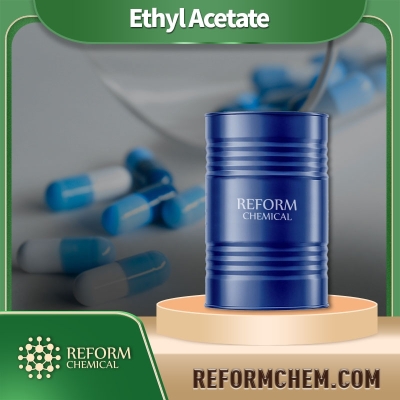-
Categories
-
Pharmaceutical Intermediates
-
Active Pharmaceutical Ingredients
-
Food Additives
- Industrial Coatings
- Agrochemicals
- Dyes and Pigments
- Surfactant
- Flavors and Fragrances
- Chemical Reagents
- Catalyst and Auxiliary
- Natural Products
- Inorganic Chemistry
-
Organic Chemistry
-
Biochemical Engineering
- Analytical Chemistry
-
Cosmetic Ingredient
- Water Treatment Chemical
-
Pharmaceutical Intermediates
Promotion
ECHEMI Mall
Wholesale
Weekly Price
Exhibition
News
-
Trade Service
Cinnamaldehyde is an organic compound that is widely used in the fragrance and flavor industries.
It is a natural component of many essential oils, such as cinnamon leaf oil, and is also synthesized industrially for use in various products.
There are several synthetic routes to cinnamaldehyde, which are widely used in the chemical industry.
One of the most common synthetic routes to cinnamaldehyde involves the reaction of benzaldehyde with p-cresol.
This reaction is known as the Kolbe-Schmitt reaction, and it involves the use of a strong base, such as sodium hydroxide, to catalyze the reaction.
The reaction is carried out in several steps, with the initial mixture of benzaldehyde and p-cresol being heated in the presence of the base.
The resulting product is then distilled to separate the cinnamaldehyde from the other components of the mixture.
Another synthetic route to cinnamaldehyde involves the reaction of cinnamyl chloride with sodium hydroxide.
This reaction is known as the Williamson reaction, and it involves the use of a strong base to catalyze the reaction.
The reaction is carried out in several steps, with the initial mixture of cinnamyl chloride and sodium hydroxide being heated to produce the cinnamaldehyde.
The resulting product is then distilled to separate the cinnamaldehyde from the other components of the mixture.
A third synthetic route to cinnamaldehyde involves the reaction of 3-methylcinnamaldehyde with acetaldehyde.
This reaction is known as the Raney nickel reaction, and it involves the use of a catalyst, such as Raney nickel, to catalyze the reaction.
The reaction is carried out in several steps, with the initial mixture of 3-methylcinnamaldehyde and acetaldehyde being heated in the presence of the catalyst.
The resulting product is then distilled to separate the cinnamaldehyde from the other components of the mixture.
In addition to these synthetic routes, there are also several other methods that are used to synthesize cinnamaldehyde.
These methods include the use of enzymes, such as phenylalanine ammonia-lyase, to catalyze the reaction, as well as the use of microwave radiation and other forms of energy to accelerate the reaction.
Overall, there are many synthetic routes to cinnamaldehyde that are used in the chemical industry.
These routes involve a wide range of reactions and catalysts, and they are used to produce cinnamaldehyde in a variety of different forms and purities.







